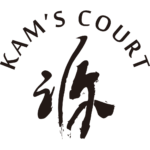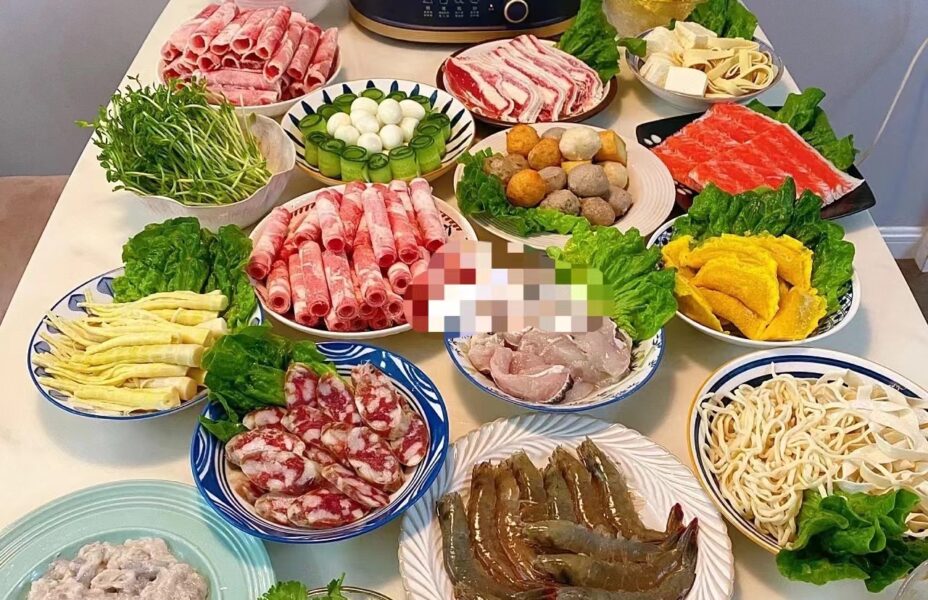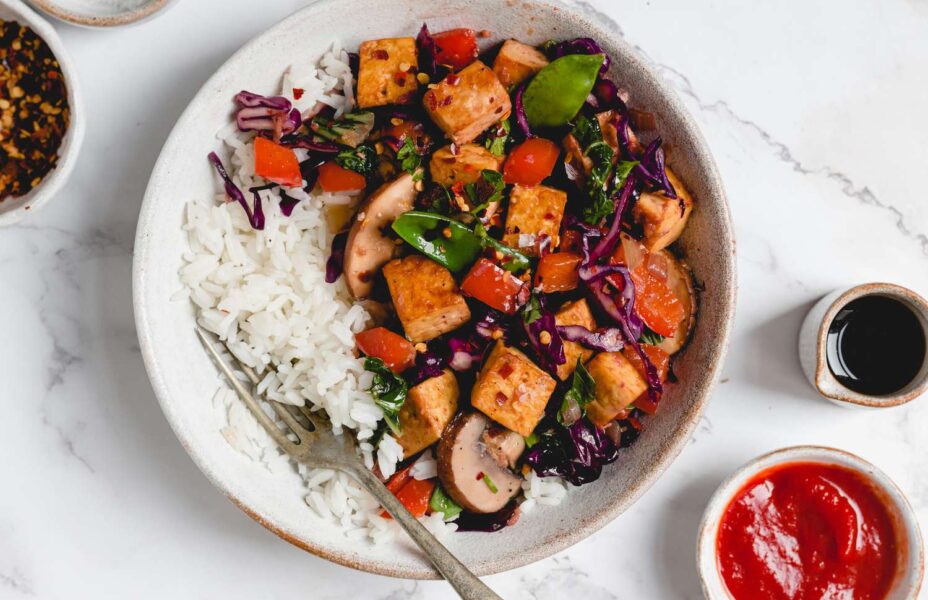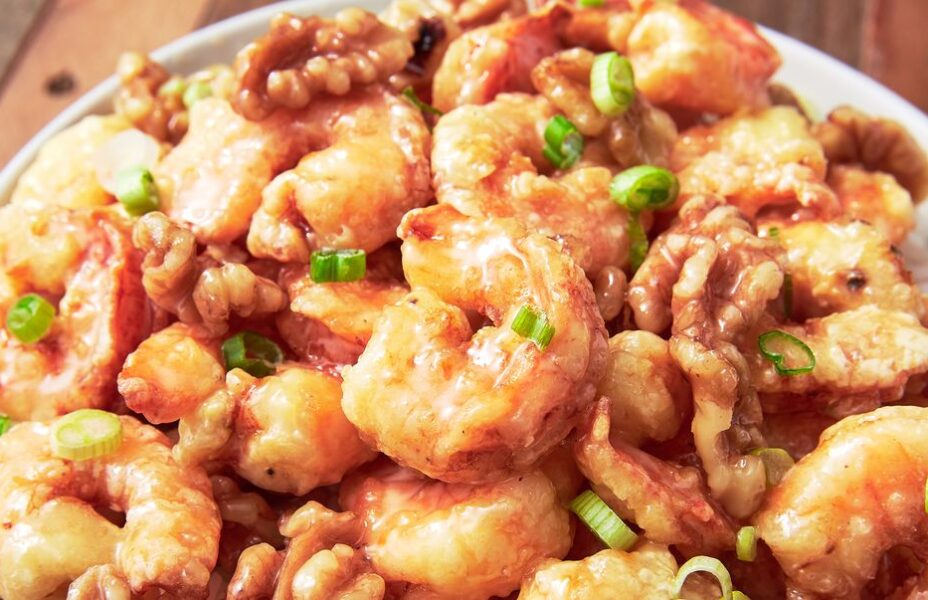Traditionally, Sichuan hot pot is made with caiziyou (roasted rapeseed oil), which imparts a lovely vegetal, toasty aroma. If you can’t find it, you can substitute with peanut oil or another vegetable oil. Though I recommend using dried Sichuan chiles such as chaotian (often called “facing heaven” in English) or er jing tiao for their unparalleled fragrance, they are also more difficult to find in the U.S. The tianjin, or tien tsin, pepper is much more common at Chinese or Asian supermarkets in the U.S. and can definitely do the trick, but in my experience, they are not quite as aromatic and are also a bit spicier.

A note on heat: Sichuan hot pot is quite spicy, and the numbing sensation of Sichuan peppercorns feels rather like mild electric currents buzzing on the tongue. In other words, if you’re not yet familiar with Sichuan cuisine, do prepare your mouth and mind to be walloped by a sensory explosion. Feel free to adjust amounts of the dried chiles and Sichuan peppercorns to suit your spice tolerance—but the mala sensation, of course, is what makes this a Sichuan-style hot pot!
For dunking ingredients, I usually pick up thinly sliced raw meats from the frozen section of Chinese or Asian supermarkets; they’re precut with hot pot eaters in mind and cook quickly in the broth. Prior to eating, I defrost them along with any other frozen ingredients, like seafood or meatballs. Vegetables should always be cut into sizable slices or chunks so they’ll be easier to fish out of the pot. Variety is key here! The uniqueness of Sichuan hot pot really shines when the pot includes ingredients of many contrasting textures, each of which will carry that mala flavor differently.
You most likely won’t need all of the suggested dunking ingredients, unless you’re hosting a very large get-together or holiday party. A loose guideline would be to select two or three types from each category: meats, seafood, vegetables, and other ingredients (like mushrooms, eggs, or tofu puffs). Larger parties (and hungrier eaters), however, generally call for even more variety of ingredients. As for amounts of each ingredient, I would generally recommend preparing three to four pieces of each meat or seafood and five to six pieces of each non-meat ingredient for every diner (with the assumption that some will eat more and some will eat less).
For dipping sauce, I love starting with toasted sesame oil and finely grated garlic in a 1:1 ratio, which complements the intense flavors of the hot pot really nicely. You can simply provide these ingredients and allow diners to mix their own sauce to taste.
Ingredients
Hot Pot Base
2 cups (50 grams) dried Sichuan chile peppers such as facing heaven or er jing tiao, divided (see Author Note)
1/4 cup (14 grams) whole green Sichuan peppercorns, divided
1/4 cup (14 grams) whole red Sichuan peppercorns
2 (6 grams) black cardamom pods
2 (6 grams) cinnamon sticks
6 dried whole bay leaves
3 (4 grams) star anise
1 tablespoon (6 grams) cumin seeds
1 tablespoon (6 grams) fennel seeds
6 cloves
1/2 cup Shaoxing cooking wine
1 cup roasted rapeseed oil or peanut oil
1 cup beef tallow (or substitute with more roasted grapeseed or peanut oil)
10 (180 grams) scallions, roots trimmed (6 finely chopped, 4 cut into 3-inch segments)
1 (4-inch) piece (30 grams) ginger, peeled and roughly chopped
7 garlic cloves (35 grams), roughly chopped
1 stalk lemongrass, tough outer layers peeled, roughly cut into 1-inch chunks
1/2 cup (135 grams) doubanjiang (chile bean paste)
1/4 cup (70 grams) douchi (fermented black beans)
1/2 cup (38 grams) Sichuan chile flakes
1 teaspoon (5 grams) rock sugar
5 cups beef, pork, or chicken stock (homemade or boxed), plus more for topping off
1 cube mushroom or chicken bouillon
Kosher salt, to taste
Dunking Ingredients (pick 2 to 3 options from each section):
Raw thin-sliced cuts of beef, lamb, pork
Raw scallops, shrimp, squid, fish balls, crab sticks, sliced fish fillet (such as tilapia, cod, or halibut)
Raw offal meats (e.g., chicken gizzards, beef tripe)
Whole bok choy leaves, whole crown daisy leaves, winter melon (chopped into 1-inch chunks), Napa cabbage (chopped into 2-inch pieces), seaweed knots
Thinly sliced daikon, turnip, lotus root, potato
Shiitakes (cut into bite-size chunks), portobello (cut into bite-size chunks), or whole enoki mushrooms
Cooked and peeled whole quail eggs
Fried tofu puffs
Non-starchy noodles (e.g., sweet potato)
Dipping Sauce Options:
Toasted sesame oil
Finely grated garlic
Chopped fresh scallions
Chopped fresh cilantro
Soy sauce
Black vinegar
Directions
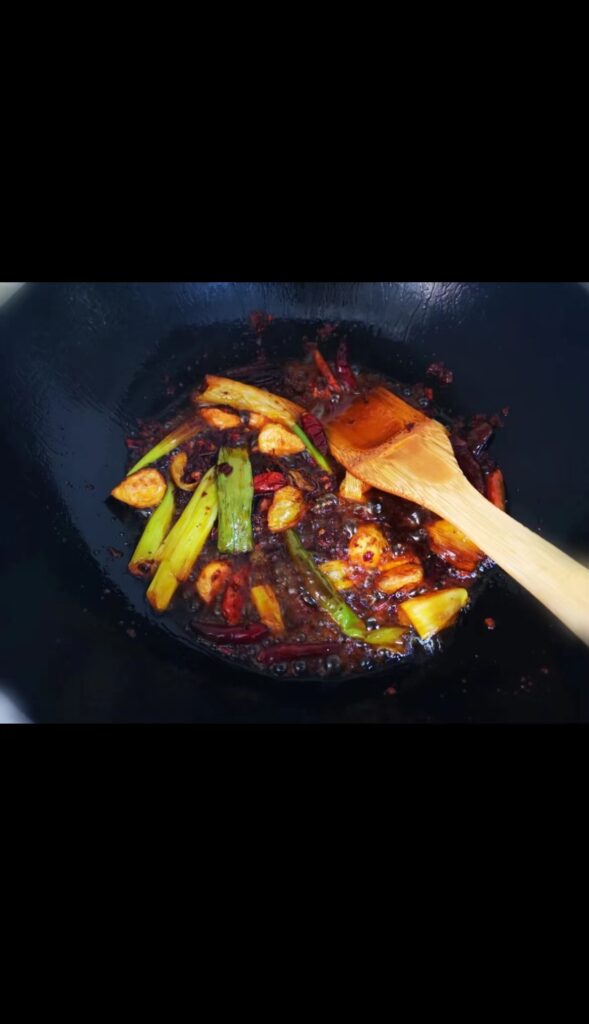
- To a small saucepot, add 1½ cups of the dried chile peppers. Pour in enough water to completely cover the peppers. Turn the heat to high and bring it to a boil. Let it boil for 20 minutes. Drain the chiles, then chop or pulse in a food processor into a rough paste. Set aside 2 tablespoons of the whole green Sichuan peppercorns. In a mortar and pestle or spice grinder, grind the remaining green peppercorns, the red peppercorns, cardamom pods, cinnamon sticks, bay leaves, star anise, cumin, fennel, and cloves until they are coarsely ground. Pour the ground spices into a small bowl and cover with ½ cup of the cooking wine. Let this mixture steep for 30 minutes while you prepare the other ingredients.
- In a wide, shallow soup pot over medium heat, add the oil and beef tallow (if using), and heat it to a gentle simmer. Add the finely chopped scallions, ginger, garlic, and lemongrass and cook until fragrant but not browned, about 2 minutes. Add the chopped chiles, doubanjiang, douchi, and chile flakes. Stir to combine and let it gently cook on low heat for 15 minutes.
- Add the ground spices from Step 1 to the pot, along with their soaking liquid. Add the rock sugar. Stir to combine and let the mixture gently simmer over low for another 10 to 15 minutes, allowing some of the liquid to cook off. Pour in 5 cups of stock and bring the soup to a boil. Once it boils, reduce the heat to low and let the broth continue to simmer for 10 more minutes. Turn off the heat, and let the broth steep for at least 30 minutes while you prepare the dunking ingredients. If preparing in advance, let the broth cool before transferring to an airtight container and placing in the fridge.
- When it’s time to eat, use a slotted spoon to remove the solid sediments from the pot. Add in the remaining 2 tablespoons of whole green Sichuan peppercorns, remaining dried chiles, scallion segments, bouillon cube, and salt to taste. Place the pot on a portable electric stove on the dining table, and turn the heat to high. While you wait for the broth to come to a gentle boil, diners can mix their own dipping sauces; I start with a 1:1 ratio of sesame oil to garlic, then add from there to taste. Once the broth boils, reduce the heat to low or medium-low. Dunk ingredients into the broth until cooked through. Meats and seafood cook quickly, so keep an eye on them to avoid overcooking. Use chopsticks or a slotted ladle to retrieve the ingredients, then dip them in the sauce before eating. If the broth starts to run low, top it off with more stock.
Kam’s court, a chinese restaurant in Charmhaven, which was established in 1992. A friendly, family restaurant that has always been a good party place for family gatherings. We provide delicious and popular Chinese cuisine and are licensed. We invite you to come and enjoy our warm and friendly hospitality.
